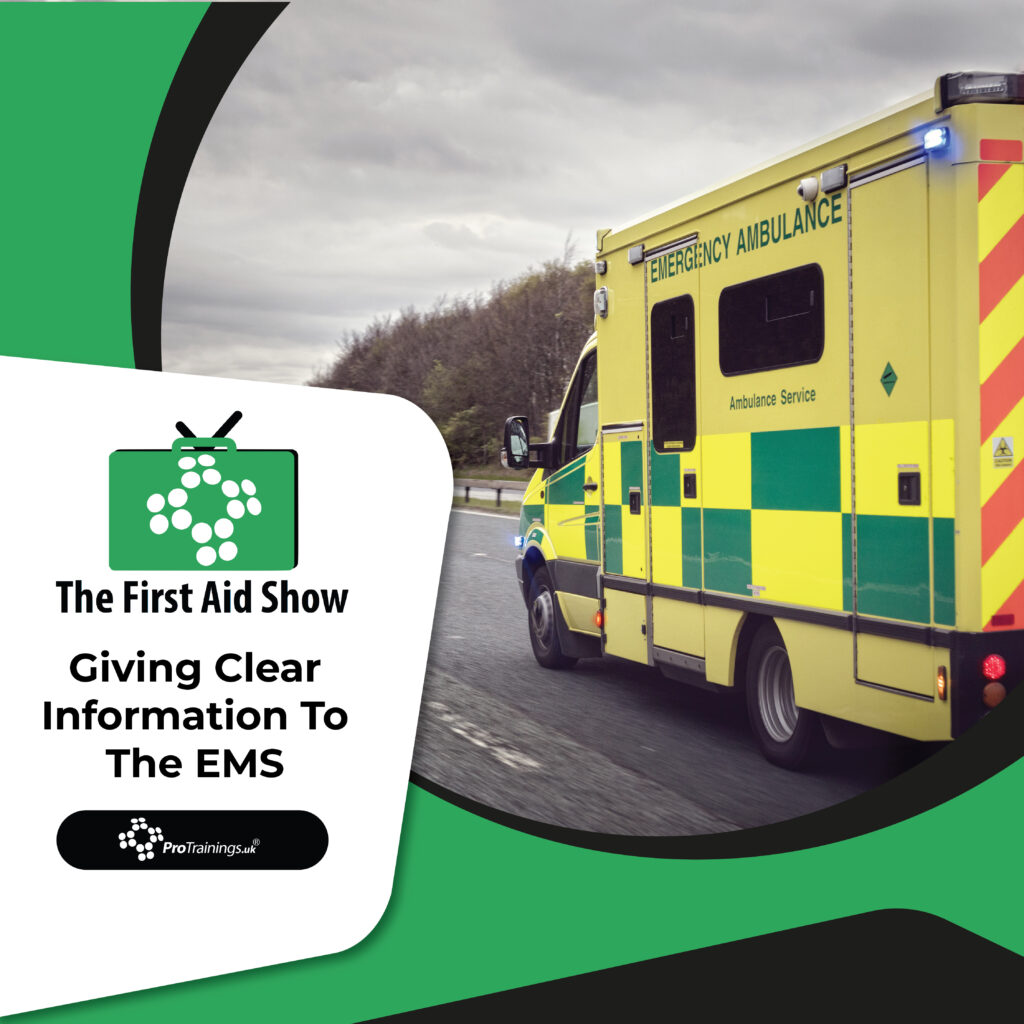Effective Communication with Emergency Medical Services (EMS)
Welcome to this edition of the First Aid Show. Today, we focus on giving clear information to the EMS during an emergency situation.
Initial Phone Contact with EMS
When you dial 999, it is crucial to stay calm and focused. Listen attentively to the dispatcher’s questions. These are designed to triage the situation and ensure an appropriate response. Your answers should be concise and relevant to quickly relay the severity of the emergency.
Key Tips for Phone Communication:
- Stay Calm: Try to remain composed; this helps in thinking clearly and speaking slowly.
- Be Clear: Provide precise information to help the dispatcher understand the situation fully.
- Be Concise: Answer questions directly without unnecessary detail to expedite help.
Providing On-Scene Information to Arriving EMS
Once the EMS arrives, they will assess the situation rapidly. Your role in this situation is to aid them with accurate information about the incident and the patient’s current condition.
Important Information to Share:
- Patient Details: Provide the patient’s name, age, and any known medical conditions.
- Incident Description: Explain briefly what happened, any changes in the patient’s condition, and any immediate care provided (e.g., CPR, use of an AED).
- Medical History: Mention any known allergies, medications, or previous medical conditions.
- Consciousness Level: Inform them if the patient has lost consciousness at any point and for how long.
Conclusion: Your Role in Emergency Response
Ensuring that you provide clear and concise information to emergency medical services (EMS) can have a substantial impact on the speed and effectiveness of emergency treatment. Your cooperation in these critical moments can save precious minutes, making a significant difference in the outcome of the emergency. Every detail you provide helps the medical professionals respond more efficiently and accurately, ensuring the best possible care for those in need.


